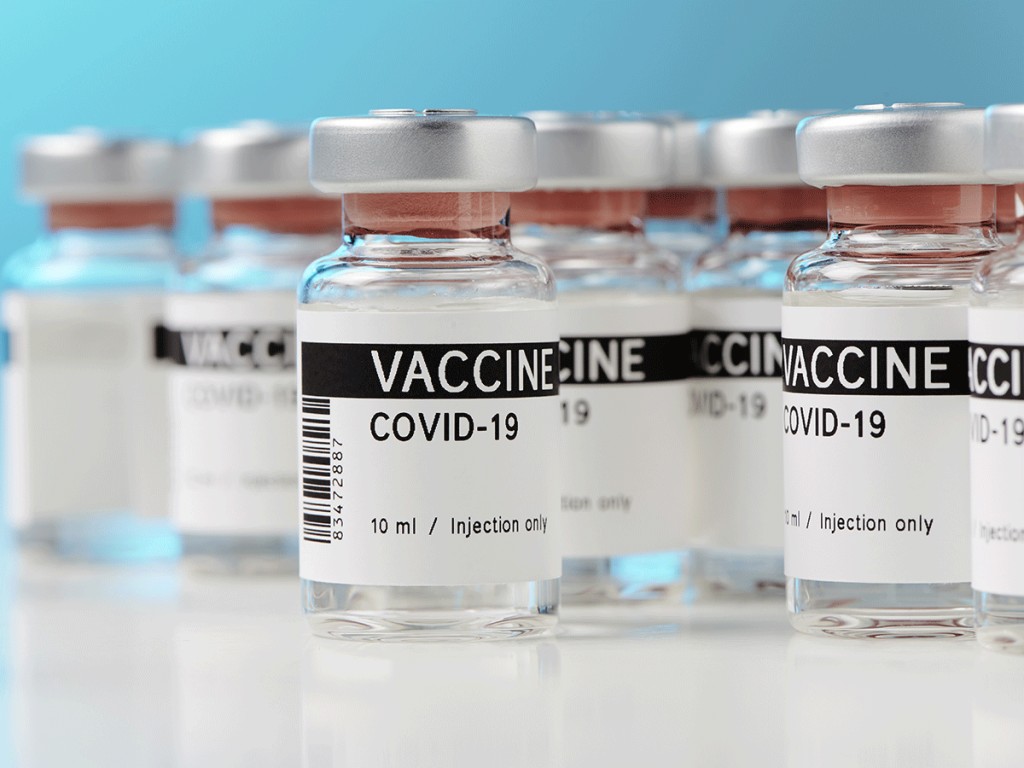At a recent Clinical Conference hosted by Specialdocs, virology expert Michael Kinch, PhD, director of Washington University’s Centers for Research Innovation in Biotechnology and Drug Discovery and author of Between Hope and Fear: A History of Vaccines and Human Immunity, discussed the newly approved COVID-19 vaccines. Hailing the Pfizer and Moderna mRNA vaccines as incredible breakthroughs, both in terms of the swiftness of development and the 95% level of protection provided, Dr. Kinch offered these knowledgeable insights:
COVID-19 vaccines will likely need to be updated every two to five years.
The newly identified variants provide evidence that the coronavirus is incredibly efficient at mutation and we’ll need to continually adapt our vaccines to provide the right protection. The good news is that the variants seen in the UK, South Africa and the US are expected to respond to current vaccines, which further emphasizes the need for a more efficient immunization rollout to end this wave of the pandemic.
Can we achieve herd immunity?
Initially pegged at 60% to 70% of the population vaccinated, the figure was recently increased to 80%. This statistic indicates that almost every American would need to be vaccinated in order to account for the substantial percentage of the population with suppressed immune systems who can’t be counted in a herd immunity response. He suggested that he believes the possibility of a federal mandate for vaccines to help reach the goal of herd immunity will become an increasingly hot button issue from a public health and political perspective over the next few months. Most important will be the need for real transparency – the only way to convince any population of people to get the vaccine is to be completely honest about what we know and don’t know.
Which vaccine is best?
We may not know the answer to that until spring. Right now, the remarkable effectiveness of vaccines currently available are equivalent, as are the side effects, which are standard. Differences in dosing are not that important, stability and purity are the keys going forward. Pfizer’s weak spots are storage at minus 70 degrees Celsius and the need to use fairly quickly after thawing. Recognizing the challenge of procuring special freezers that can accommodate this temperature, Pfizer is already focusing their considerable expertise on increasing the stability of the vaccine and will likely have a more conventional freezer-ready version by summer. Moderna’s vaccine is easier to store, requiring a standard freezer temperature of minus 20 degrees Celsius. However, there are more vaccines in the pipeline which may provide even greater benefits. J&J’s vaccine offers the promise of just a single dose versus the double dose needed for Pfizer and Moderna vaccines. And never count out Merck, a company that could very well sweep in with the winning vaccine later this year. In all, there should be three or four viable vaccines by spring.
What we don’t know.
This is a weird, unpredictable virus and there’s much to learn about the impact of vaccines. Still being studied are transmissibility of disease by those who are immunized, long-term durability of the vaccine’s immune protection and how antibody titers affect this, and adverse events over the long term. We will discover all this over time. Preliminary data seems to indicate that people who recover from minor cases of coronavirus have three to nine months of protection, but this has not been fully proven yet. Also not known: whether it’s safe to wait an extended period for the second dose, or cut the first dose in half in order to vaccinate twice as many people. There’s no data to back up either option, which is why the FDA won’t approve this and run the risk of potentially wasting the vaccine that is still available only in limited quantities. And although official guidelines give older people priority for the vaccine, there’s a surprisingly strong argument to be made for immunizing people ages 18 to 30 first because they are most likely to transmit the virus. It has been considered but not implemented by any state at this point.
Should immunosuppressed patients get the vaccine?
Yes, and in fact, patients with autoimmune conditions such as rheumatoid arthritis, multiple sclerosis or lupus will be prioritized for it as a higher-risk group. One of the most promising and least discussed aspects of the data from Moderna and Pfizer is that while many patients became infected with the virus, not one was hospitalized, needed intubation or died. This is a particularly significant finding for immunosuppressed patients – the idea is that If infection can’t be prevented altogether, the vaccine will lessen the severity of the disease and result in much better outcomes.





